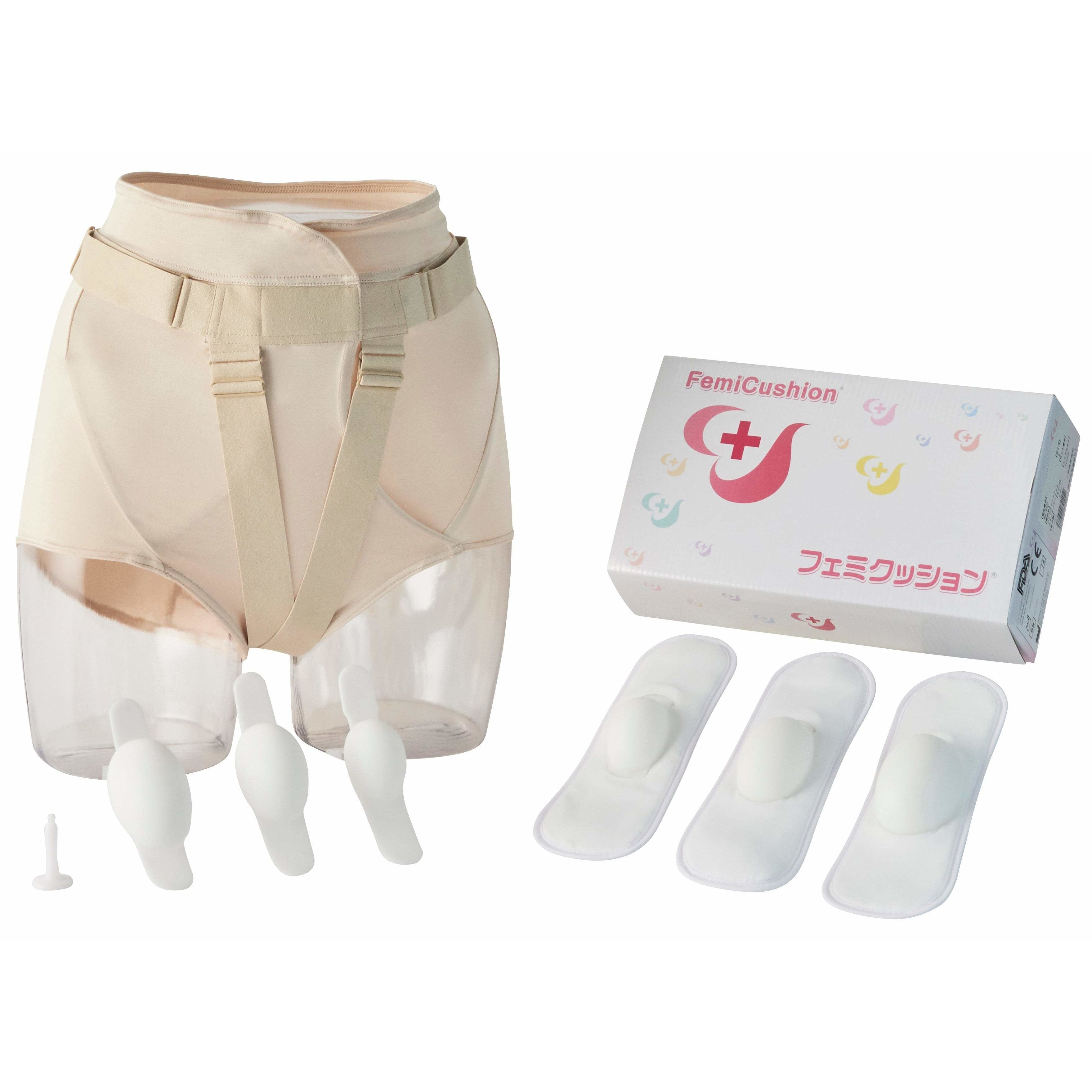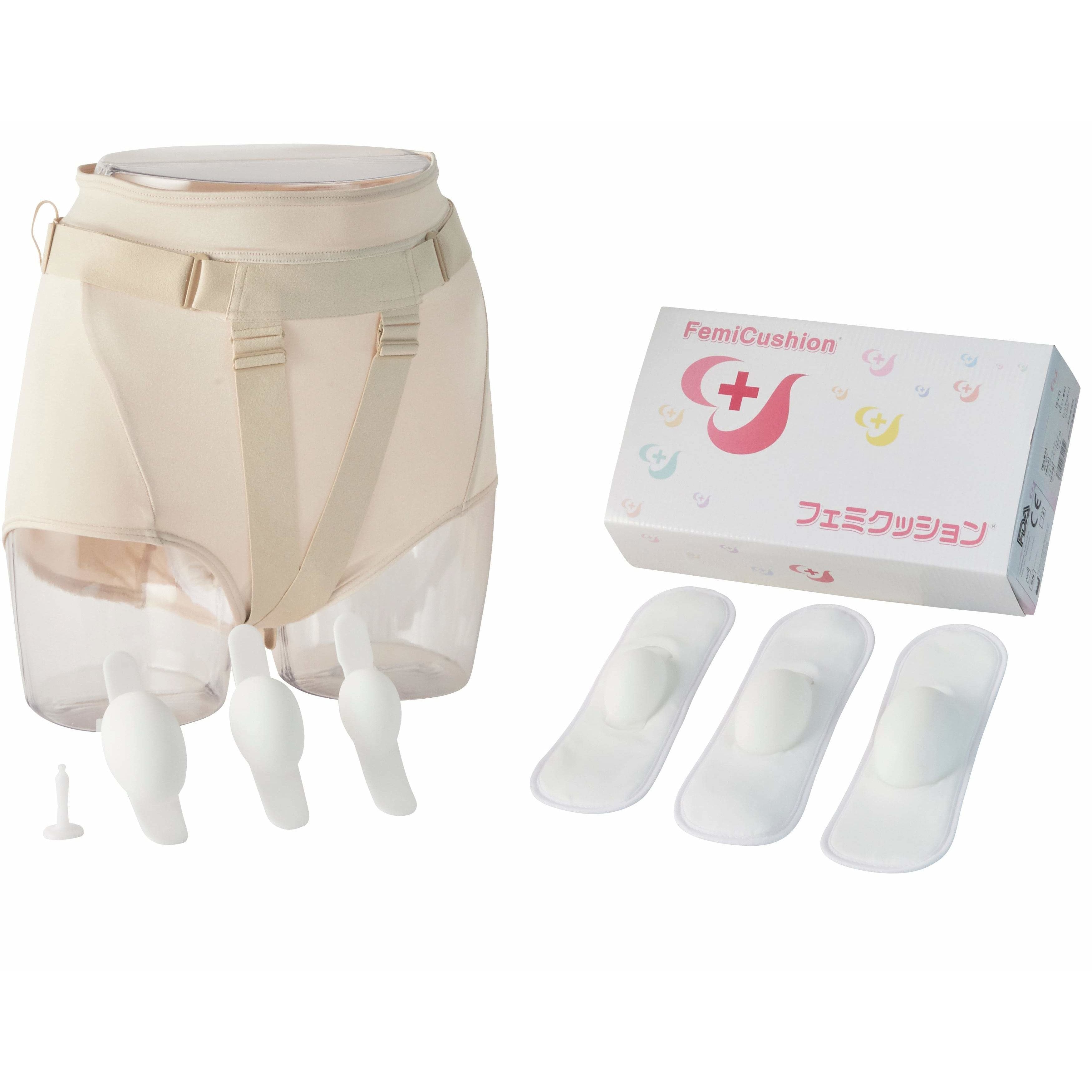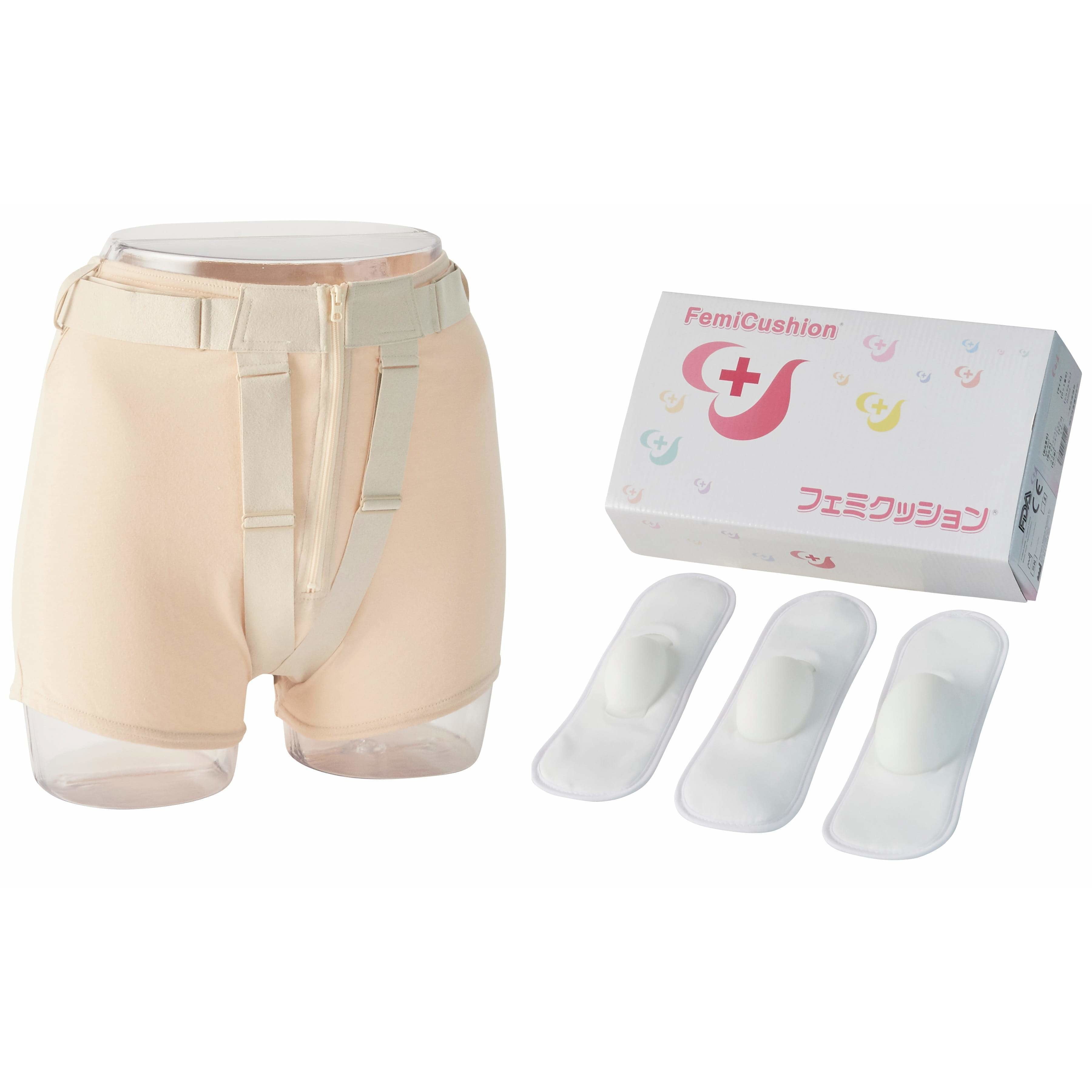Understanding the Difference Between Temporary and Persistent Urinary Incontinence
Table of Contents

Involuntary leakage of urine resulting from loss of bladder control is called Urinary incontinence (UI). This condition occurs when the urinary bladder fails to hold an adequate amount of urine due to the loss of strength and sphincter muscles at the neck of the bladder. Urinary incontinence can affect individuals of all sexes and ages, but it is more prevalent among older adults. UI can significantly impact a person's quality of life and daily activities.
Urinary incontinence is categorized into five types depending on the symptoms: Stress incontinence, urge incontinence, overflow incontinence, functional incontinence, and mixed incontinence. Depending on the cause, urinary incontinence can be temporary or persistent. This article will explore the difference between temporary and persistent urinary incontinence and how to manage them.
Temporary Urinary Incontinence
Temporary urinary incontinence refers to a condition where the loss of bladder control occurs for a short time period. It often results from underlying factors that can be resolved to restore normal bladder function.
Temporary bladder control problems can occur due to the consumption of certain drinks, foods, and medications that may have diuretic properties that stimulate your bladder and increase your volume of urine. They include:
- Alcohol
- Caffeine
- Carbonated drinks
- Artificial sweeteners
- Chocolate
- Chili peppers
- Sugary and spicy food
- Highly acidic foods like citric fruits
- Blood pressure medications, sedatives, and muscle relaxants
- Large doses of vitamin C
Temporary urinary incontinence can also result from conditions like urinary tract infections and constipation. Discontinuing intake of the above-mentioned foods and treating UTIs and constipation can relieve temporary incontinence.
Persistent Urinary Incontinence
Persistent urinary incontinence is a chronic condition characterized by the involuntary leakage of urine due to loss of bladder control caused by various underlying physical issues or changes.
In women, persistent urinary incontinence can result from:
- Hormonal fluctuations during pregnancy and menopause.
- The pressure of the growing fetus on the bladder
- Pelvic organ prolapse due to the weakened pelvic floor muscles
- Loss of bladder muscle tonicity with advancing age
- Obstructions like tumors and urinary stones
- Neurological disorders such as Multiple sclerosis, Parkinson's disease, a stroke, a brain tumor, or a spinal injury.
Differences Between Temporary and Persistent UI
Temporary urinary incontinence is a short-term condition and typically resolves once the underlying cause is treated or eliminated. It may last for a few days to a few weeks. Whereas persistent urinary incontinence is a chronic condition that lasts for an extended period, typically longer than six months. It may require ongoing management and treatment to control symptoms.
Both these types of Urinary incontinence can severely impact the quality of life and land you in embarrassing situations. If you feel bladder control issues are restricting your daily activities and limiting your social interactions, it is time to consult your doctor.
Getting Professional Help From a Urogynecologist
A urogynecologist plays a crucial role in addressing urinary incontinence by offering specialized expertise in the diagnosis and treatment of pelvic floor disorders. Urogynecologists can identify the specific type and underlying causes of urinary incontinence through different evaluations. They have a combination of gynecological and urological knowledge to develop customized treatment plans that may involve behavioral modifications, lifestyle changes, pelvic floor exercises, medications, or surgical interventions. Collaborating closely with physical therapists for pelvic floor rehabilitation, urogynecologists guide patients through exercises to strengthen pelvic floor muscles. They also provide extensive education about urinary incontinence and offer counseling to address the emotional aspects associated with this condition. Professionals like urogynecologists ensure ongoing follow-up to monitor treatment effectiveness and make adjustments as needed, aiming to improve the overall quality of life for individuals experiencing urinary incontinence.
Diagnosis of Urinary Incontinence
Urinary incontinence can be diagnosed from the symptoms but needs to be confirmed by medical evaluation. Consult your healthcare provider immediately if you have been experiencing unintentional leakage of urine.
Your healthcare provider will begin your preliminary diagnosis by taking a detailed medical history. You will be asked about the symptoms you have been having, past diseases, and any underlying health conditions. Your doctor will also inquire about your fluid intake habits, dietary patterns, and bathroom habits. This information will allow your healthcare provider to have a better understanding of the potential triggers and aggravating factors that might be causing urinary incontinence.
Your doctor may also conduct certain physical examinations of any underlying conditions that may contribute to urinary incontinence. Typically, in women, the doctor performs pelvic floor examinations to check if urinary incontinence is resulting from any pelvic floor dysfunction (e.g. Pelvic organ prolapse).
In some cases, the doctor may also ask for some diagnostic and imaging tests to further evaluate the underlying causes such as
- Urinalysis
- Post-void Residual Measurement
- Urodynamic Testing
- Cystoscopy
- Imaging Tests such as ultrasound, MRI, or CT scan.
Prevention and Management of UI
● Lifestyle change:
The risk of developing urinary incontinence can be prevented by modifying your lifestyle and maintaining healthy habits. Doctors recommend maintaining a healthy weight, avoiding caffeine, sugary, spicy, and acidic foods, quitting smoking, and prompt management of chronic constipation and cough to reduce the chances of bladder control issues. Doctors also advise practicing timed voiding (urinating at a fixed schedule) and prompt usage of the bathroom when you feel the urge to urinate.
● Pelvic Floor Exercises:
Also known as Kegel exercises, they involve contracting and relaxing the pelvic floor muscles, which help strengthen the pelvic floor structures, enabling you to have better control over your bladder and urinary flow.
● Medications:
In some cases, the healthcare provider might prescribe some medication to manage specific types of urinary incontinence, such as overactive bladder or stress incontinence. These medications can help relax the bladder muscles, reduce urinary urgency, or increase sphincter control.
● Surgery:
For severe cases of Urinary incontinence, managing the underlying health condition might require surgical intervention. Your doctor may recommend various surgical options depending on the underlying cause of UI. These may include procedures such as bladder suspension, sling procedures, artificial urinary sphincter placement, or correction of anatomical abnormalities.
Conclusion
Urinary incontinence is a common problem that affects numerous people globally. However, for effective management of the condition, it is important to understand the underlying cause. Urinary incontinence can be temporary or persistent, depending on the causative factors. Temporary incontinence lasts for a short period and is relieved by resolving the underlying cause. On the other hand, persistent incontinence is chronic and requires ongoing management, including lifestyle changes, pelvic floor exercises, medications, or surgical interventions. You should consult a healthcare professional to discuss the appropriate approach for managing urinary incontinence.
Supervising Doctor of This Article

Koichi Nagao, MD PhD
Professor, Department of Urology, Toho University Faculty of Medicine
Director of Urinary tract reconstruction center, Toho University Omori Medical Center
Director of Reproduction Center, Toho University Omori Medical Center
Professor Nagao specializes in plastic surgery in the field of reproductive medicine. He completed eight years of plastic surgery training at Showa University before majoring in urology at Toho University. With his meticulous surgical techniques and careful examinations that combines urology and plastic surgery, Professor Nagao became a Board Certified Specialist with multiple associations including the Japanese Urological Association, the Japan Society for Reproductive Medicine, and the Japanese Society for Sexual Medicine.
The suggested Products

مجموعة FemiCushion EasyOpen Deluxe
$299.99

مجموعة أدوات Deluxe Standard Deluxe Kit
$299.99

مجموعة أدوات FemiCuslion Lite
$249.99




